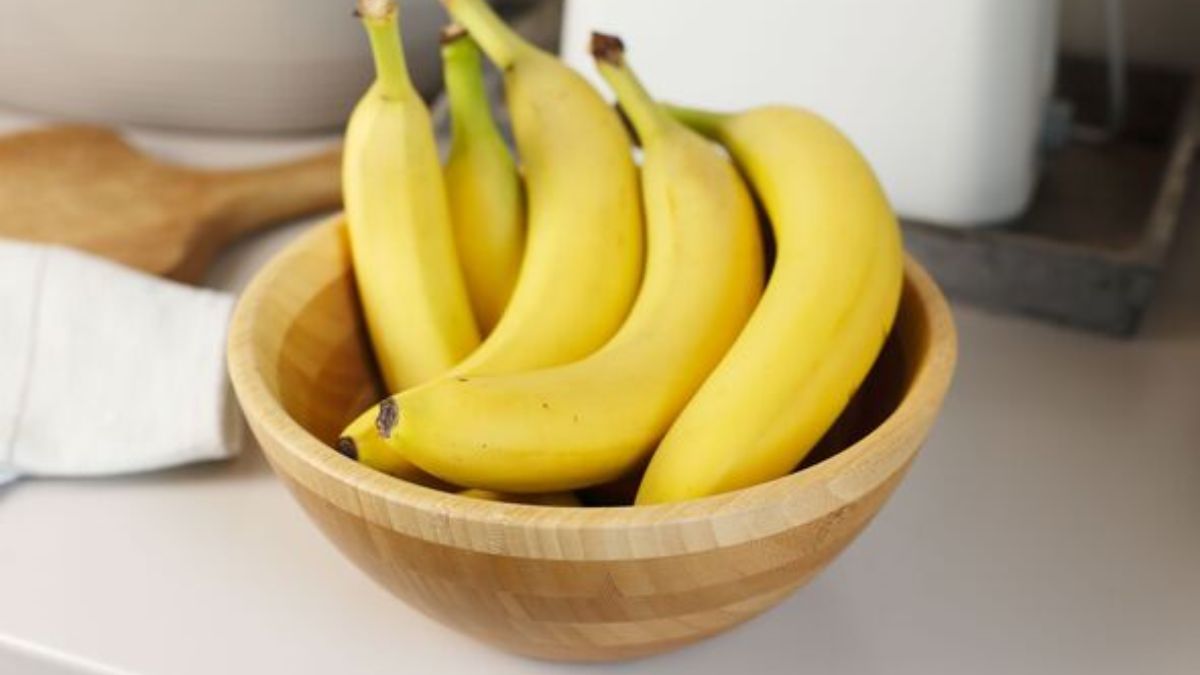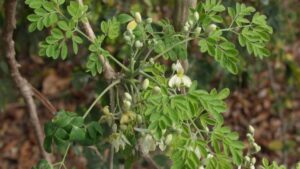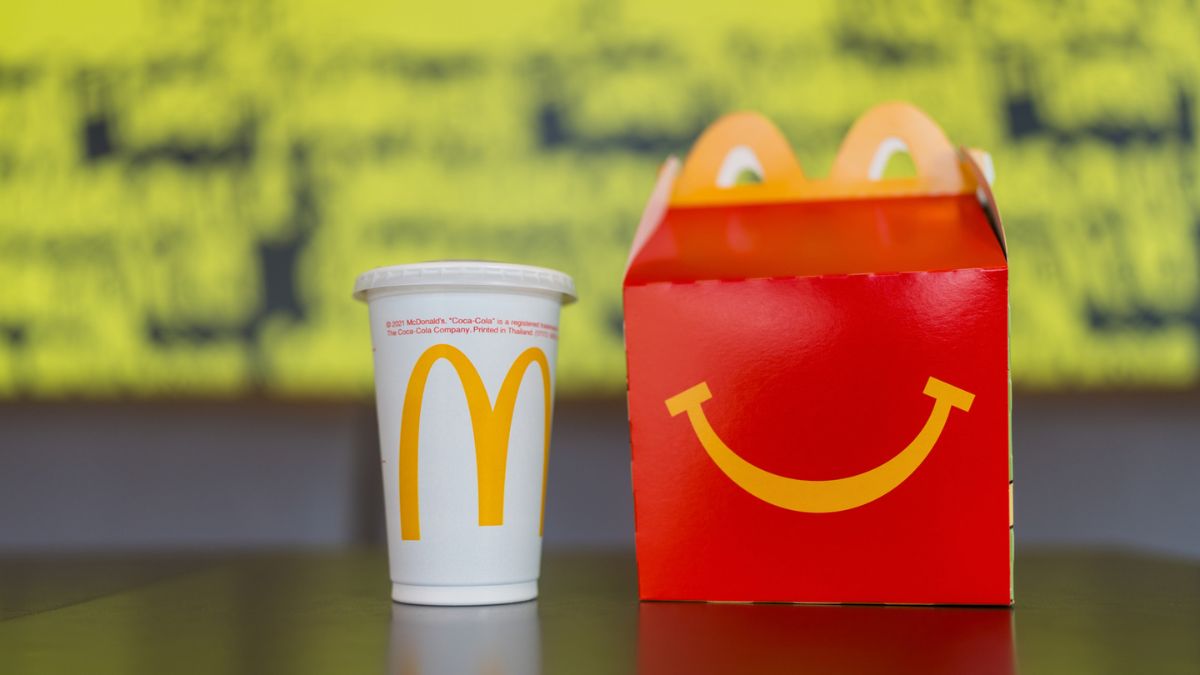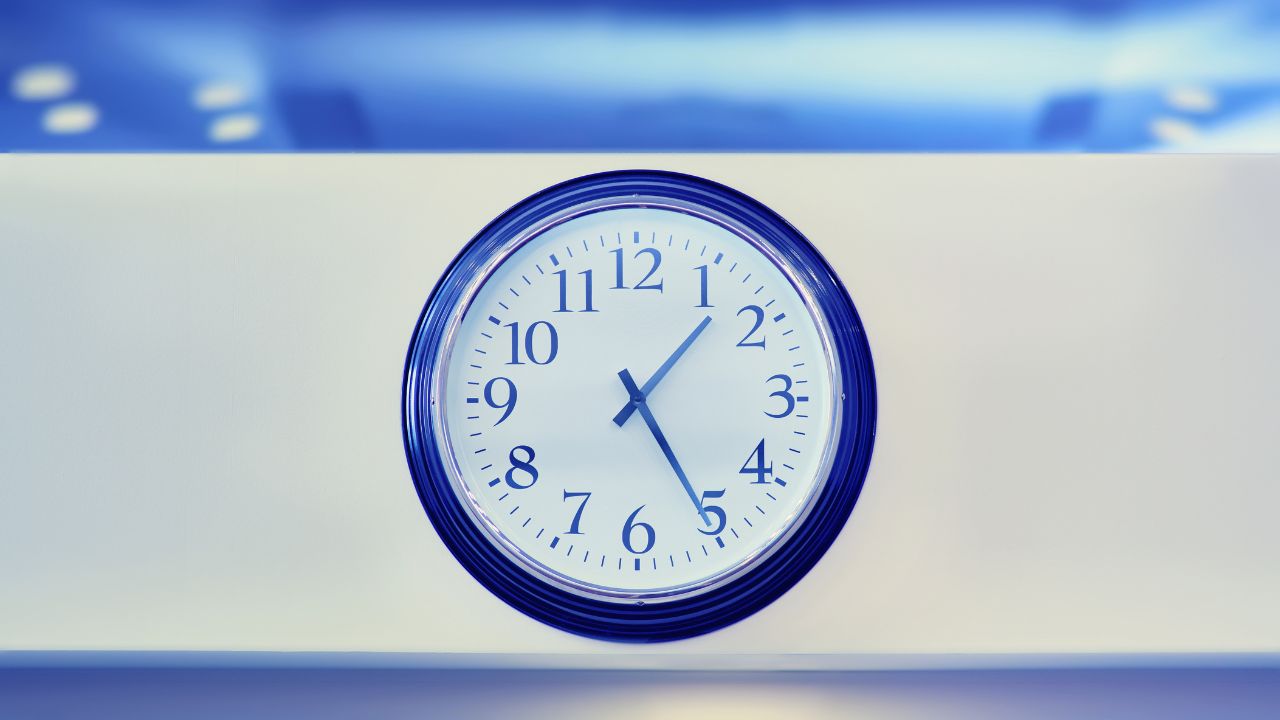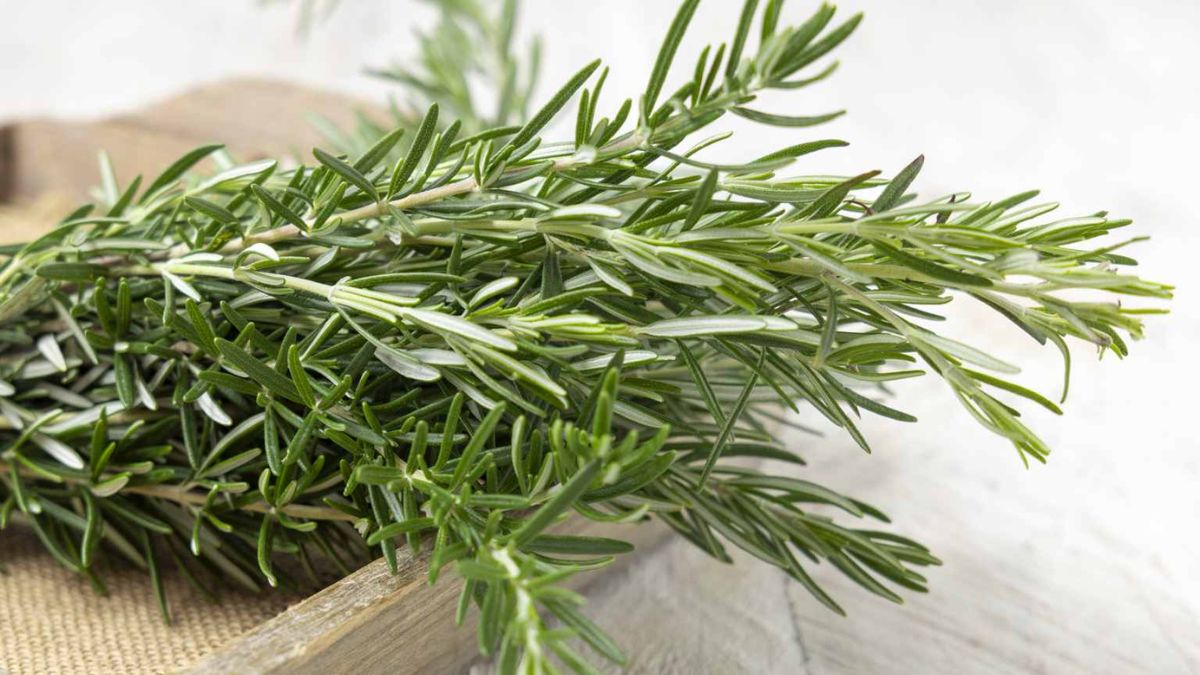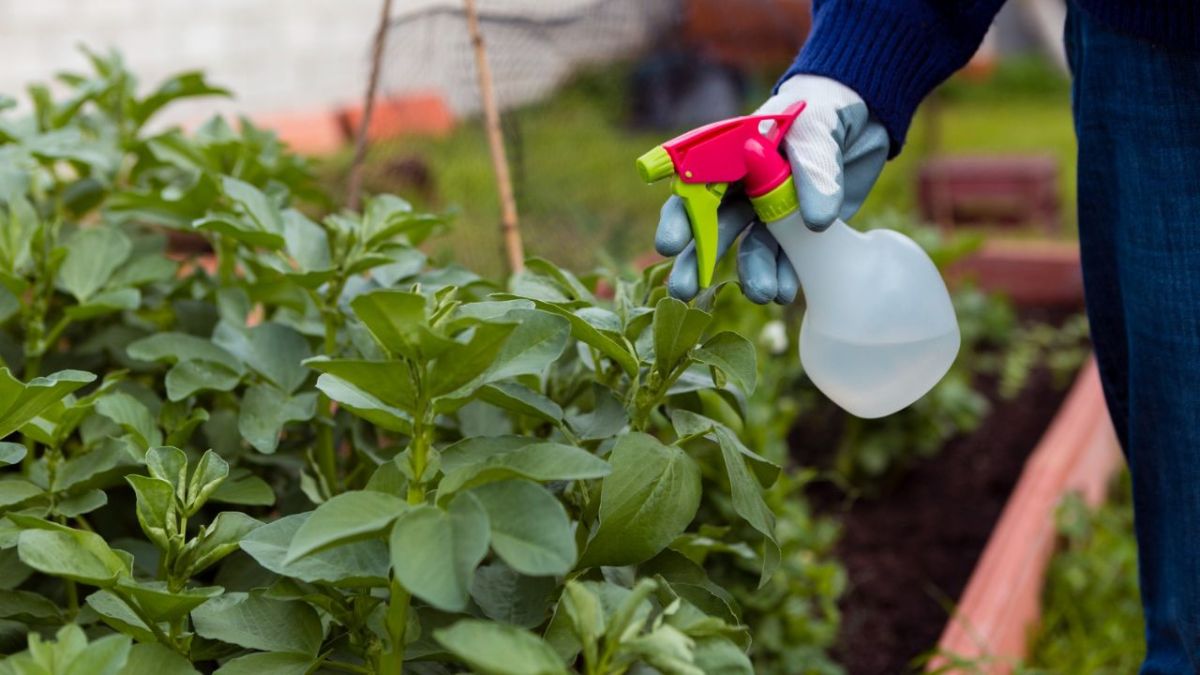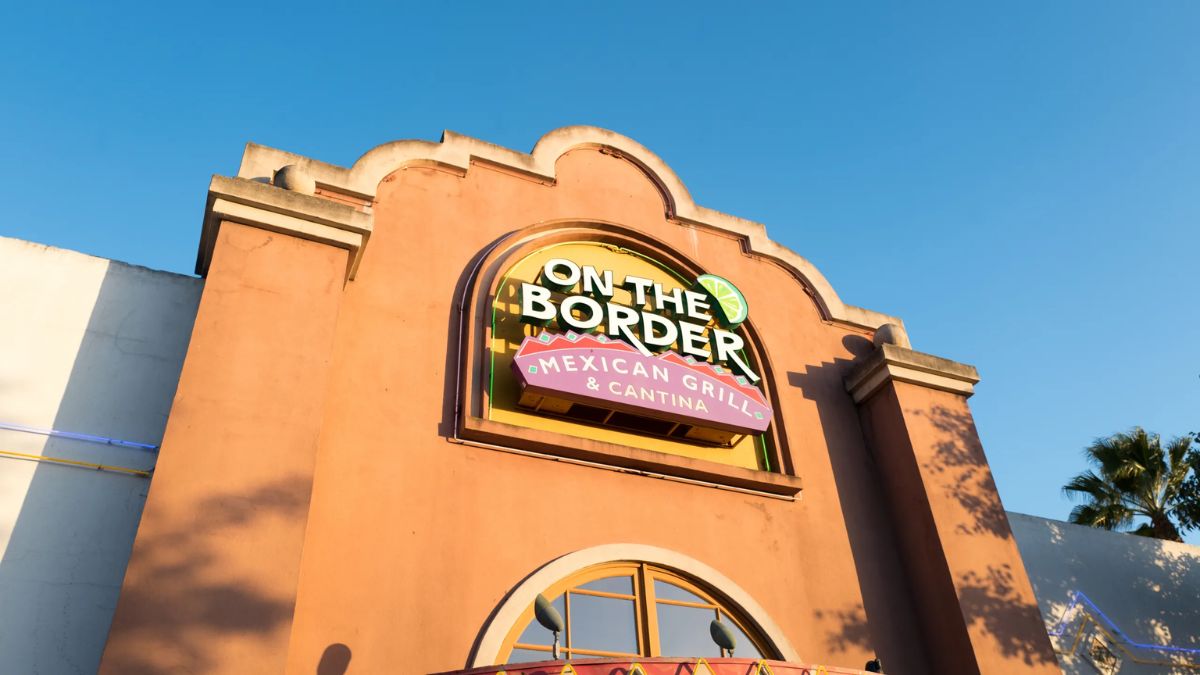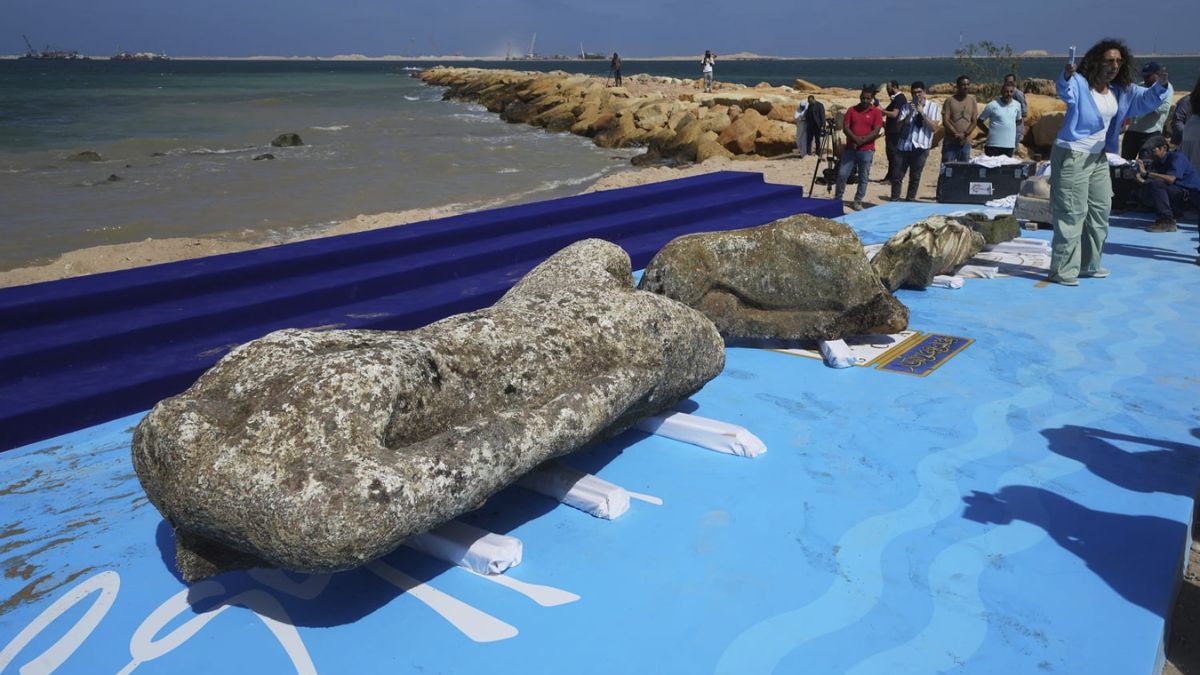Bananas browning too quickly can feel like a small daily disaster. One day they’re perfectly yellow, and the next—mushy and speckled, heading straight for the compost bin. But the good news? You can slow down the ripening process with a few clever storage hacks. These are the tips I’ve personally used to keep my bananas fresh longer—and they just might change the way you treat your fruit bowl, too.
Table of Contents
Ripening
To understand how to keep bananas fresh, you’ve got to know why they brown so fast in the first place.
Bananas naturally release a gas called ethylene. It’s what tells the fruit to ripen. As bananas turn from green to yellow and then brown, it’s the ethylene doing its work behind the scenes. But when a banana is bumped or bruised, it releases more ethylene—and ripens even faster. Add a bit of heat or moisture to the mix, and the process speeds up even more.
That’s why bananas left on a sunny counter seem to darken overnight. Meanwhile, ones kept in a cooler, shaded spot hang in there much longer.
Storage
One of the biggest myths out there? That bananas belong in the fridge. I used to believe it too, until I noticed that cold temperatures actually mess up the banana skin. The peel turns dark faster, even though the inside may still be firm. Not exactly appealing.
Read Also- Boiling Rosemary at Home – Simple Trick That Can Transform Your Daily Life
Instead, the best place for bananas is at room temperature—somewhere cool, dry, and away from direct sunlight. A dark corner of the kitchen works just fine.
Another great trick? Use a banana hanger. Hanging them keeps air circulating around the fruit and prevents pressure points from forming, which is what happens when bananas lie flat and pile on top of each other. Less pressure means less bruising—and less ethylene.
Hacks
Here’s a surprising tip that really works: wrap the banana stems.
That’s right—just take a small piece of plastic wrap or foil and tightly cover the top stem area. This is where most of the ethylene is released. By sealing it off, you slow down the entire ripening chain reaction. Bonus points if you wrap each banana individually, though wrapping the whole bunch helps too.
You should also keep bananas away from other fruits like apples, pears, or avocados. These guys also release ethylene and will speed up your bananas’ ripening if they’re all in the same fruit bowl. A little separation goes a long way in keeping everything fresher.
Uses
Even with all the hacks, sometimes the bananas beat the clock and ripen faster than expected. Don’t toss them. Overripe bananas are gold for quick snacks and baked goodies.
I always throw soft bananas into smoothies. They add natural sweetness and creamy texture without needing sugar or milk. Perfect for a quick breakfast or post-workout drink.
And if you’ve got more than one going soft at the same time? Banana muffins. They’re easy to make, super moist, and freeze beautifully for later. Banana bread is a classic for a reason, but muffins are a quicker fix if you’re short on time.
Routine
Now that I’ve started using these tricks, I waste way fewer bananas. I use a hanger, keep them away from other fruit, and wrap the stems. When some still go ripe too soon, I have go-to ways to use them instead of letting them rot.
These small steps have changed how I manage fruit in my kitchen. Instead of feeling rushed to eat bananas before they brown, I get more time—and more uses—out of every bunch.
FAQs
Why do bananas brown so fast?
Bananas release ethylene gas, which speeds up ripening and browning.
Should I refrigerate bananas?
No, the cold damages the skin and speeds up darkening.
Does wrapping stems really work?
Yes, it slows ethylene release and keeps bananas fresh longer.
Can I store bananas with apples?
No, apples release ethylene and make bananas ripen faster.
What to do with overripe bananas?
Use them in smoothies, muffins, or freeze for later baking.

